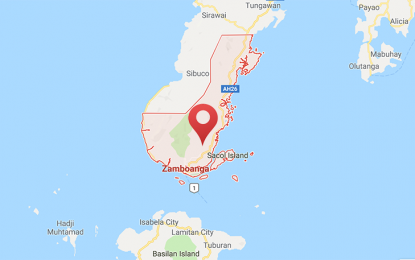
Google map of Zamboanga City.
ZAMBOANGA CITY -- The Philippine Institute of Volcanology and Seismology (Phivolcs) said Mount Pulong Bato, originally known as Mount Columbato, in Barangay Pasonanca, this city, was once upon a time a volcano.
Engr. Allan Rommel Labayog, Phivolcs-Zamboanga science research analyst, disclosed Thursday that a team from the University of the Philippines Geological Society studied Mount Pulong Bato in 1990 and “the result appeared that the mountain has an episode of volcanism and its surrounding areas.”
“It is possible that the lava became solid and for so many years, due to the element of erosion, the once huge mountain we see today is the lava dome,” Labayog said.
Labayog said although the presumptive volcano has been inactive for thousands of years, “it could be possible it will become active again...but only time can tell.”
Mount Pulong Bato (Columbato) is a monolith located in Upper Abong-Abong Park within the Pasonanca Natural Park, in Barangay Pasonanca, only a few kilometers away from the city's downtown section.
What is unusual about the mountain is that unlike the other mountains surrounding this city, only Mt. Columbato is made from solid rock.
Meanwhile, Labayog said that there are 24 potentially active and inactive volcanoes in Basilan, Sulu, and Tawi Tawi areas.
He said there are 11 inactive volcanoes in Basilan, 13 in Sulu and Tawi-Tawi and eight of these volcanoes are potentially active. Inactive volcanoes are those that did not erupt for more than 10,000 years.
He said Bud (Mount) Dau in Sulu had volcanic activity in the year 1900 and could still be active.
Labayog classified volcanoes in three categories: active, if the volcano erupted within 10,000 years; potentially active, if it has no record of eruption but its structure is visible or starting to formalize; and inactive, if there is no eruption for thousands of years. (PNA)
